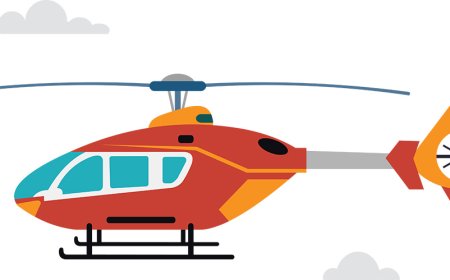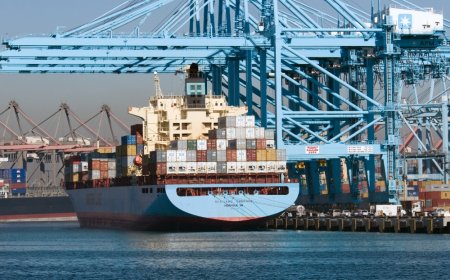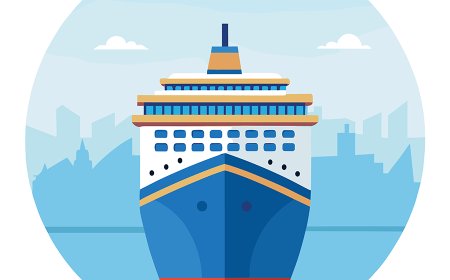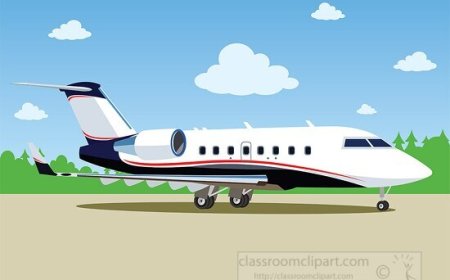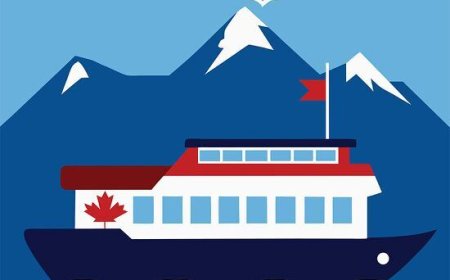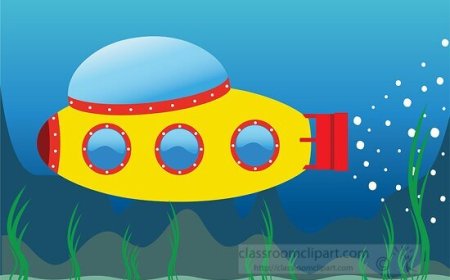What Is a Waterway? Rivers, Canals, and Boat Routes for Kids
Learn what a waterway is and how boats and ships use them to travel. Explore canals, rivers, and water routes in this kid-friendly guide.
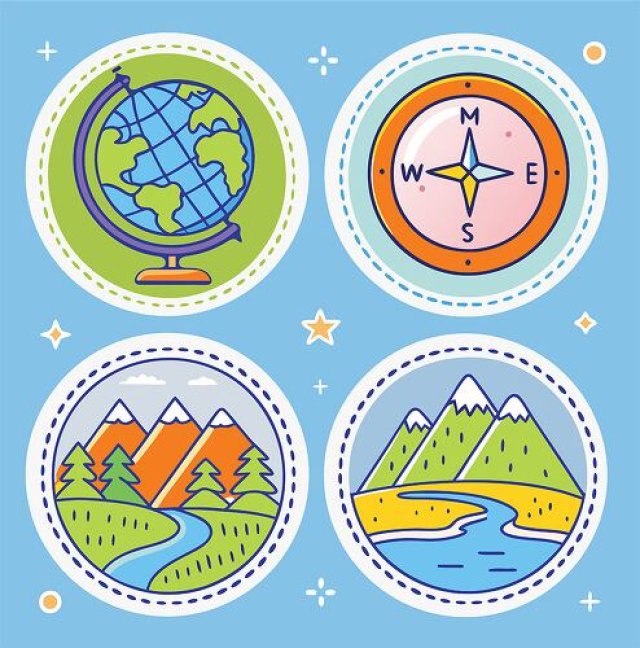
🌊 Waterway: Nature’s Roads for Boats and Ships
Summary:
A waterway is any path of water that boats, ships, and other watercraft can use to travel. Some waterways are natural, like rivers, and some are man-made, like canals. Waterways are important for moving people and goods across cities, countries, and even continents. In this article, you'll learn about the different types of waterways and why they matter.
🚤 What Is a Waterway?
A waterway is a route or channel through water where boats or ships can safely travel. Just like roads for cars, waterways help connect places and move things from one location to another.
Waterways can be:
- Natural – like rivers, lakes, or oceans
- Artificial (man-made) – like canals or aqueducts
They are used for:
- Transportation
- Trade and shipping
- Recreation and tourism
- Irrigation and water supply
🌍 Types of Waterways
🏞️ Natural Waterways
These form without human help and are found in nature.
Examples:
- Rivers (like the Mississippi or Nile)
- Lakes (like the Great Lakes)
- Oceans and seas
Boats and ships use natural waterways to travel long distances, especially in areas without roads or railways.
🏗️ Artificial Waterways
These are built by people to connect bodies of water or create shortcuts.
Examples:
- Canals – narrow waterways built for travel and trade (e.g., Panama Canal)
- Locks – used in canals to raise or lower boats
- Aqueducts – carry water for farming or city use
💡 Did You Know? The Panama Canal saves ships over 8,000 miles of travel between the Atlantic and Pacific Oceans!
🧭 Why Are Waterways Important?
Waterways have helped civilizations grow for thousands of years. Ancient cities like Venice and Cairo were built around rivers and canals because people needed:
- A way to transport goods
- Water for drinking and farming
- Trade routes for connecting with other places
Today, waterways are still used to:
- Ship cargo
- Run ferries and cruise ships
- Provide water for cities and farms
- Offer fun boat rides and eco-tours
⚙️ Navigating a Waterway
Using a waterway safely requires:
- Maps and GPS systems
- Buoys and markers to guide boats
- Bridges or tunnels in cities where roads cross rivers
- Locks and dams to control water levels and help boats pass
Workers called harbor pilots, lockmasters, and mariners help manage traffic on busy waterways.
🌱 Environmental Protection
Some waterways are home to birds, fish, and plants. Pollution or heavy traffic can hurt these ecosystems.
Ways to protect them:
- Preventing oil spills and dumping
- Limiting boat speed near wildlife
- Using electric boats or ferries
- Protecting wetlands and riverbanks
Clean waterways mean healthy habitats—and safe travel!
📚 Vocabulary to Know
- Waterway – A route or channel where water vehicles can travel
- Canal – A man-made waterway
- Lock – A chamber that helps raise or lower boats between water levels
- Buoy – A floating marker used to guide ships
- Aqueduct – A structure that carries water over land
🧠 Think About It!
If your town had a waterway instead of a road, what kind of boat would you use to get to school?
🧒 Kid-Friendly Summary
A waterway is a path through water that boats and ships can travel. Some are natural, like rivers, and others are built by people, like canals. Waterways help us move things, travel, and take care of the environment too!


















































